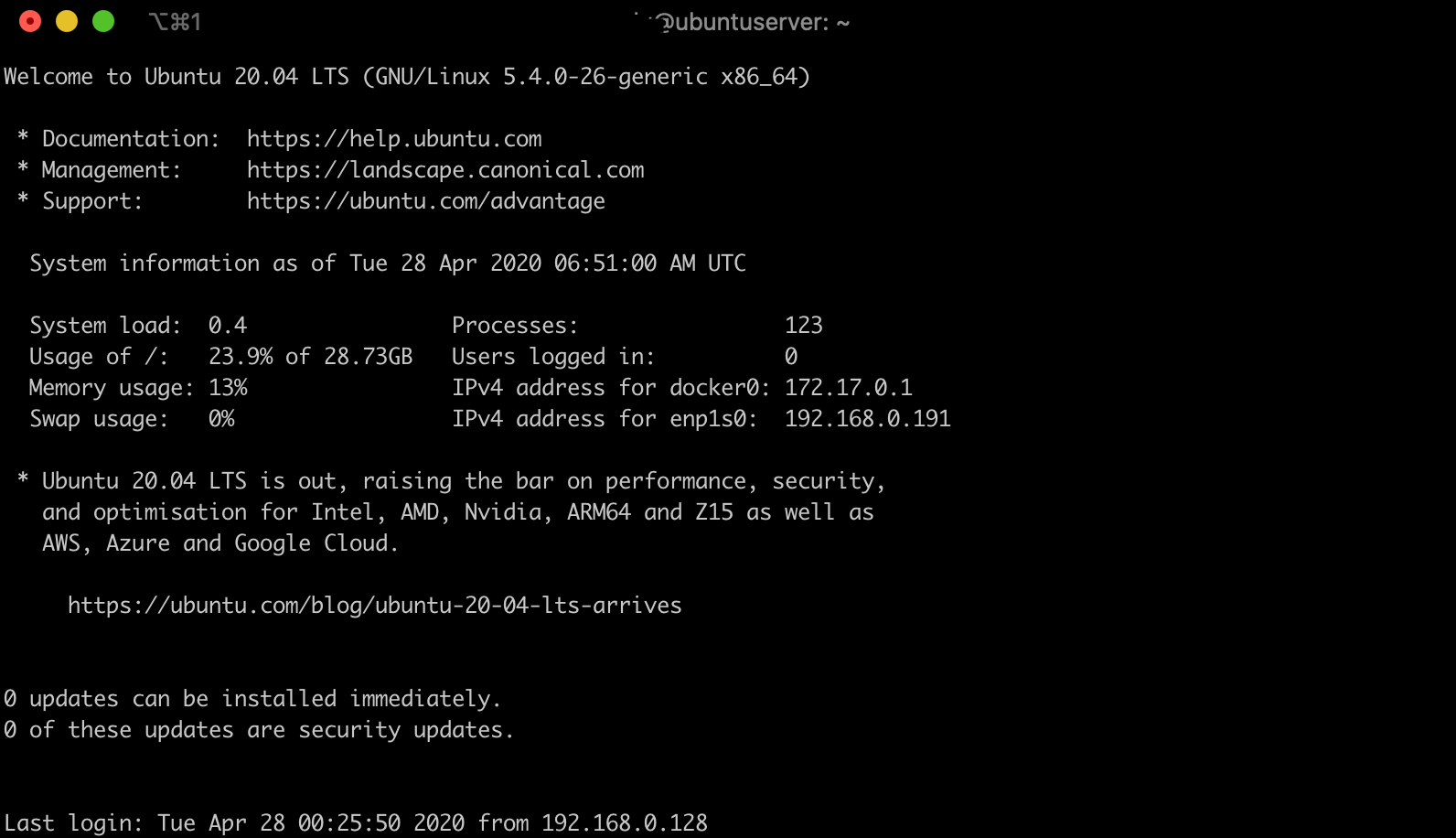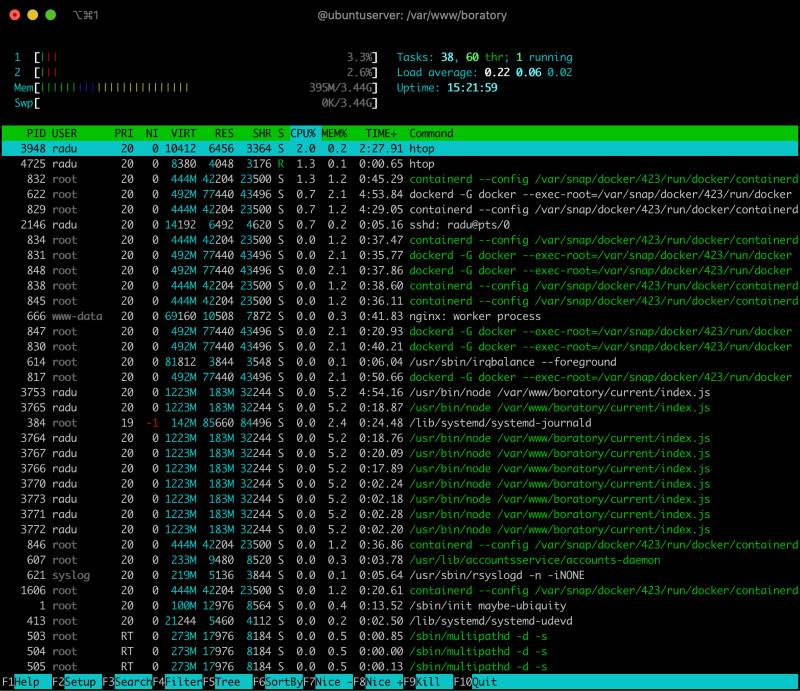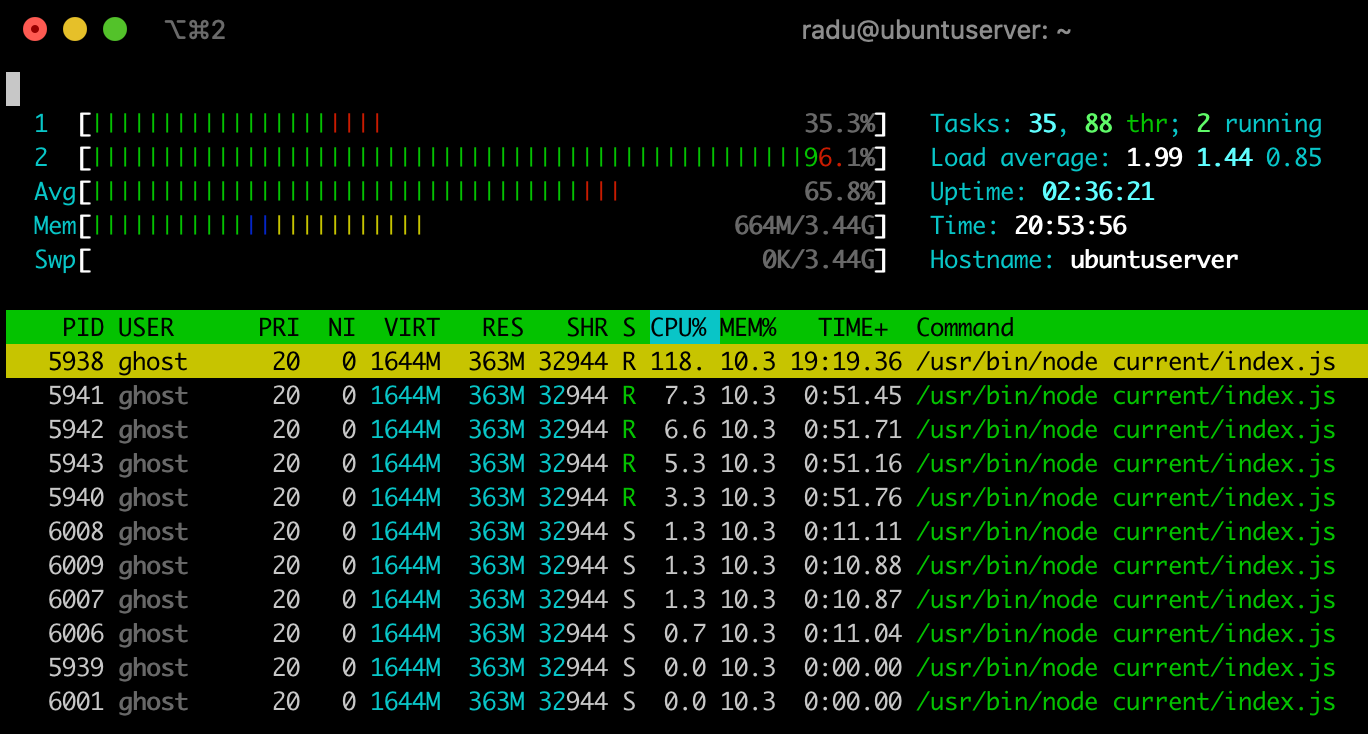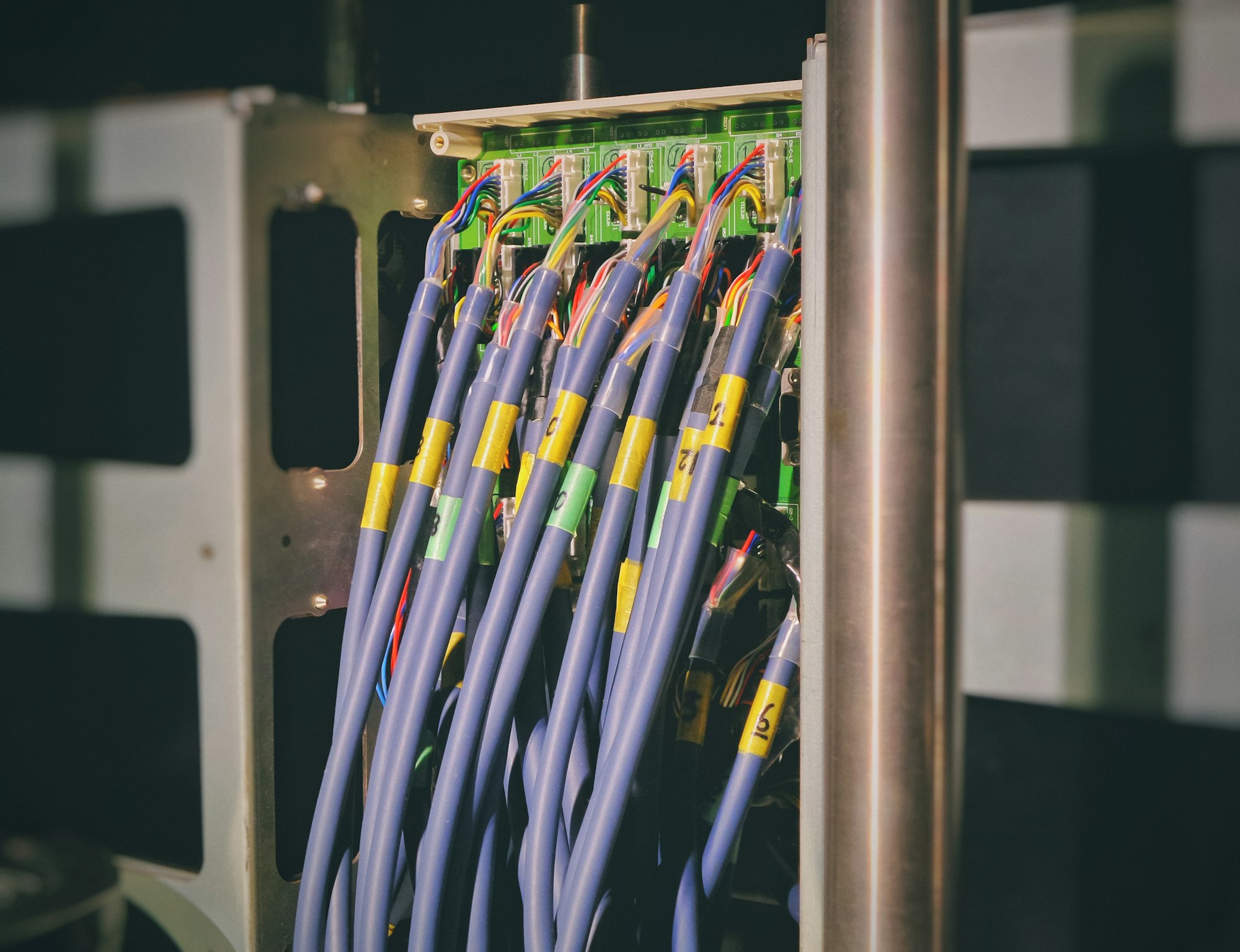Ubuntu 20.04 LTS "Focal Fossa" on Futro S900
After I upgraded my firewall machine (post coming soon), I was left with an unused thin client. So in a chain reaction, I upgraded the webserver too, from S550-2 to Fujitsu Futro S900 AMD G-T56N.
I didn’t want to use the same hack that involved installing OpenMediaVault, then piggybacking on its NGINX install as I did with the S550. I tried to load many Linux distributions, even a Windows 10 image but with no luck. Either the install didn't complete, or the system didn't boot afterward.
Here's a list of images and the results:
alpine-extended-3.11.6-x86_64.iso - installed OK but didn't boot
debian-10.3.0-amd64-xfce-CD-1.iso - install KO "debian failed to load rtl_nic/rtl8168g-2.fw"
en_windows_10_consumer_editions_version_1909_updated_feb_2020_x64_dvd_527ad800.iso - install KO
ubuntu-20.04-desktop-amd64.iso - install KO
Finally, the ubuntu-20.04-live-server-amd64.iso image was the lucky one. Meaning that I have now an Ubuntu 20.04 LTS "Focal Fossa" running on Futro S900!

The machine is configured with the cheapest 16GB M.2 SSD and 4GB of RAM. Apparently capable of running a brand new linux server.
Ubuntu Server 20.04 LTS (long-term support) is here with enterprise-class stability, resiliency and even better security. As an LTS release, it will be supported by Canonical until 2025. However, customers can extend security updates by an additional five years through the ESM (Extended Security Maintenance) service as part of their UA-I (Ubuntu Advantage for Infrastructure) subscription. All of that makes Ubuntu Server 20.04 LTS one of the most stable and secure Linux distributions, perfectly suitable for production deployments across public clouds, data centres and the edge.
The folks at Ubuntu don't know how to spell correctly "data centers"...
I then installed NGINX, Ghost, and moved my blog on this machine. The Futro S500 is now retired, waiting for a new project.

Performance, flood test [May 2nd Update]
After serving the Ghost blog with no issues for some time now, I always wondered how much load can this little thin client handle. After some searching on the web, found the flood.io site that has a free tier for testing. Yes, they ask for a credit card, but since free means 1500 × Flood Virtual User Minutes (Tier 1 at $0.00 / month), my 15 minutes test with a simulated load of 100 users consumed only 25 VUH. How well did it go? See for yourself:

As the finished flood test results show, up to 32 simultaneous connections got served by the thin client machine just fine. Afterwards it's unbearable in terms of website browsing. The response time never ceased to increase and when a hundred "users" were hitting boratory.net, the server took between 40 and 46 seconds to respond.

To conclude, until I reach 30 concurrent readers of this blog, I'm happy to consume only 15W of electricity. Afterwards I will have to fire up the DL380p :)
Performance, flood test [May 5th Update]
It seems that the "big" server has to wait, because I found a workaround to counteract the server response time in the case of a peak usage. And it is a simple solution. All I had to do was to enable NGINX caching. Now the little thin client manages 100 test users without breaking a sweat. Just take a look at the before and after graphs and see for yourself:

See the blue line (response time)? It didn't move once the cache was enabled on the web server. This means that NGINX is serving the site from cache and it doesn't have to fire up node to generate the pages. The Datadog reporting just confirms the spike in connections but that's about it.

I can increase the number of virtual users for the next flood test, but as things are going, I will only saturate the network bandwidth, since node will not even know what is happening. I have to say that I'm quite happy with this low power server. I know that the raspberry pi 3 that I have can do better in terms of low power but it just seems to me that the Futro S900 is a better machine for a web server.
If you are interested in configuring and optimizing NGINX, I have a post where I describe what I did for this website.
Until next time, keep it low power! Bye!



